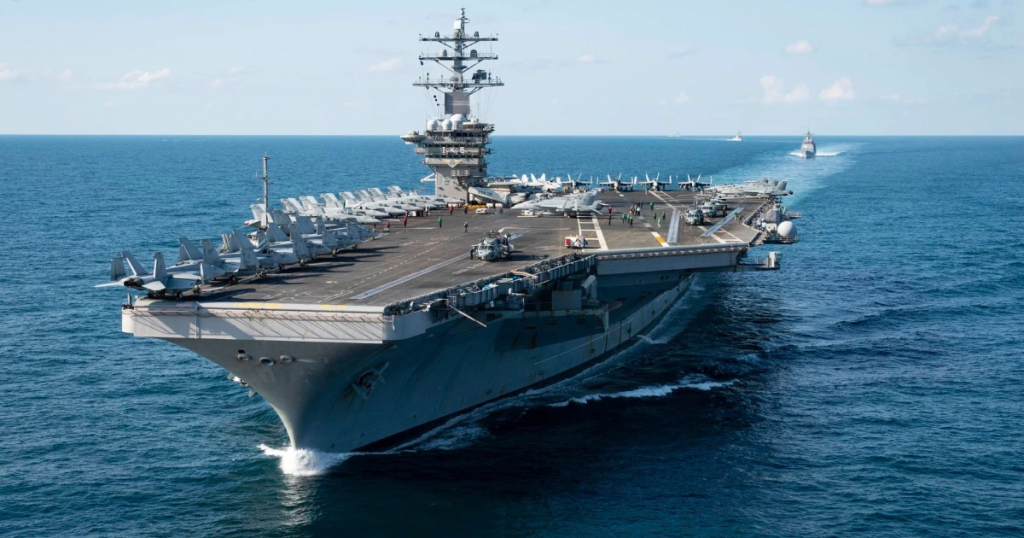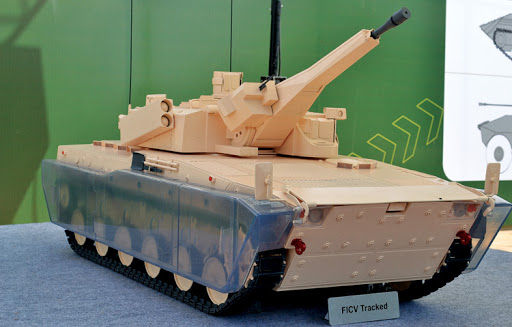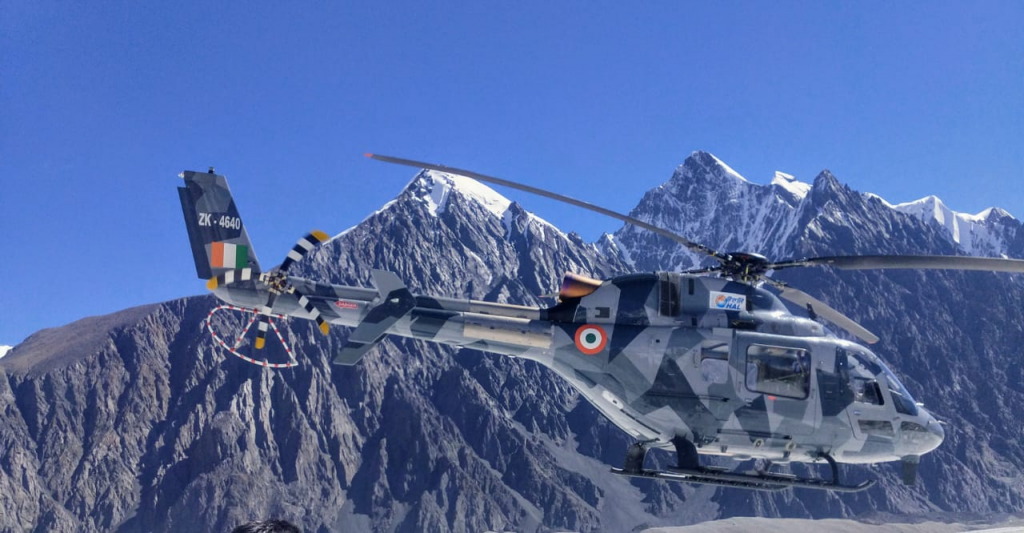Indigenous Aircraft Carrier (IAC)
Why in News?
- The Defence Minister has commented that The Indigenous Aircraft Carrier (IAC) is a shining example of Atmanirbhar Bharat, after a review of the vessel being built by the Cochin Shipyard Limited.
What is an Aircraft Carrier?

- An aircraft carrier is a warship that serves as a seagoing airbase, equipped with a full-length flight deck and facilities for carrying, arming, deploying, and recovering aircraft.
- Typically, it is the capital ship of a fleet, as it allows a naval force to project air power worldwide without depending on local bases for staging aircraft operations.
About IAC
- It is India’s first Indigenous Aircraft Carrier (IAC) named ‘INS Vikrant’ (meaning courageous) and will be commissioned in 2022.
- Motto of the IAC is Jayema Sam Yudhi Sprdhah. It is taken from Rigveda 1.8.3.
Aircraft Carriers of India
- First Aircraft Carrier in India – INS Vikrant (1957)- Bought from the UK- decommissioned in 1997.
- It served as the main blockade for the country against the Pakistan Naval Force in the Indo-Pak War of 1971.
- INS Viraat– Bought from the UK- officially decommissioned in 2017. INS Viraat holds the Guinness World Record for being the longest serving warship of the world. Viraat played a major role in Operation Jupiter in 1989 during the Sri Lankan Peacekeeping operation. It also saw action during Op Parakram in 2001-2002, post the terrorist attack on Parliament.
- INS Vikramaditya – bought from Russia. It operates on the STOBAR (Short Take-Off But Arrested Recovery) system of launch and recovery of the aircraft. As of now, it is the only serving aircraft carrier of India
- INS Vikrant– The first indigenous aircraft carrier– to be commissioned in 2022
- INS Vishal– proposed to be India’s 2nd indigenous aircraft carrier is awaiting defence ministry’s clearance.
Need for aircraft carriers
- By its diplomatic and tactical power, its mobility, its autonomy and the variety of its means, the aircraft carrier is often the centerpiece of modern combat fleets.
- One of its great advantages is that, by sailing in international waters, it does not interfere with any territorial sovereignty and thus obviates the need for overflight authorizations from third-party countries, reduces the times and transit distances of aircraft and therefore significantly increases the time of availability on the combat zone.
- Maritime Capability Perspective Plan of the Navy envisages a force level of three aircraft carriers, to ensure development of a capability to operate two Carrier Battle Groups (CBGs) at any given time.
- The combat capability, reach and versatility of the aircraft carrier would add formidable capabilities in the defence of the country and help secure India’s interests in the maritime domain
- These measures would help enhance the Navy’s operational reach and prowess to protect India’s maritime interests.
- There is an aggressive effort by China to gain a foothold in the Indian Ocean Region.(China currently operates two carriers, but plans to build more)
Other capacity expansions that are happening in the Army
FICV

- Recently The Army has issued a tender for the procurement of Futuristic Infantry Combat Vehicles (FICVs) to replace the Russian-origin infantry vehicles in service.
What is an FICV?
- An infantry fighting vehicle (IFV), also known as a mechanized infantry combat vehicle (MICV is a type of armoured fighting vehicle used to carry infantry into battle and provide direct-fire support.
- The Futuristic Infantry Combat Vehicles will have additional capabilities and help carry troops to conflict zones and they will also have the capability of destroying enemy tanks.
- The main operation task will include carrying armoured personnel, destroying enemy tanks, combat vehicles, low-flying helicopters and other ground-based weapon platforms.
- They will also offer mobility to its crew and troops as well as provide fire support to dismounted troops.
- The Indian Army plans to deploy the combat vehicles in posts such as Eastern Ladakh along with desert and amphibious terrain.
Light Utility helicopter (LUH)

- The Army, which is facing a huge shortage of light utility helicopters with the ageing fleet of Cheetah and Chetak helicopters, will receive the first batch of indigenous Light Utility helicopter (LUH) by the end of 2022
What can an LUH do?
- The LUH is a 3-ton single-engine helicopter with a glass cockpit for reconnaissance and surveillance roles and as a light transport helicopter.
- It is indigenously designed and developed by the Rotary Wing Research and Design Centre of Hindustan Aeronautics Limited (HAL).
- It has been extensively test-flown at various geographic conditions, including high altitude, and can accomplish high altitude missions in the Himalayas with ease.
References:
- https://www.thehindu.com/news/cities/Kochi/indias-first-indigenous-aircraft-carrier-will-be-commissioned-next-year-says-rajnath-singh/article34961221.ece
- https://www.thehindu.com/news/national/army-issues-tender-for-1750-futuristic-infantry-combat-vehicles/article34947036.ece
- https://www.thehindu.com/news/national/army-to-get-indigenous-light-helicopters-by-dec-2022/article34889892.ece

[…] To read about India’s other Aircraft Carriers: https://officerspulse.com/indigenous-aircraft-carrier-iac/ […]